Expansion of Distribution Channels
The Dairy Blends Market is benefiting from the expansion of distribution channels, which enhances product accessibility for consumers. Retailers are increasingly recognizing the potential of dairy blends and are allocating more shelf space to these products. Additionally, the rise of e-commerce platforms has transformed the way consumers purchase dairy blends, allowing for greater convenience and variety. Market data indicates that online sales of dairy products, including blends, have surged, reflecting changing consumer shopping habits. This expansion in distribution not only facilitates market penetration but also encourages competition among brands, leading to improved product offerings. Consequently, the Dairy Blends Market is poised for continued growth as it adapts to evolving consumer preferences and shopping behaviors.
Innovations in Product Development
Innovation plays a crucial role in the Dairy Blends Market, as companies strive to differentiate their offerings. The introduction of new flavors, textures, and formulations is becoming increasingly common. For instance, the incorporation of superfoods and functional ingredients into dairy blends is gaining traction. This trend is supported by market data indicating that products enriched with probiotics and omega-3 fatty acids are particularly appealing to consumers. Furthermore, advancements in processing technologies are enabling manufacturers to create dairy blends that maintain their nutritional integrity while enhancing taste and shelf life. As a result, the Dairy Blends Market is witnessing a surge in product launches that cater to diverse consumer preferences, ultimately driving market growth.
Rising Demand for Nutritional Products
The Dairy Blends Market is experiencing a notable increase in demand for nutritional products. Consumers are increasingly seeking dairy blends that offer enhanced nutritional profiles, including higher protein content and added vitamins. This trend is particularly evident among health-conscious individuals and athletes who prioritize functional foods. According to recent data, the market for dairy blends is projected to grow at a compound annual growth rate of approximately 6% over the next five years. This growth is driven by the rising awareness of the health benefits associated with dairy blends, which are perceived as convenient sources of essential nutrients. As a result, manufacturers are innovating to create products that cater to these evolving consumer preferences, thereby expanding their market presence.
Increased Focus on Clean Label Products
The Dairy Blends Market is witnessing a significant shift towards clean label products, as consumers become more discerning about ingredient transparency. There is a growing demand for dairy blends that contain minimal and recognizable ingredients, free from artificial additives and preservatives. This trend is reflected in market data, which suggests that products marketed as 'natural' or 'organic' are experiencing higher sales growth compared to conventional options. As consumers prioritize health and wellness, manufacturers are responding by reformulating their dairy blends to align with clean label principles. This focus on transparency not only enhances consumer trust but also positions brands favorably in a competitive market landscape, thereby contributing to the overall growth of the Dairy Blends Market.
Growing Popularity of Dairy Alternatives
The Dairy Blends Market is increasingly influenced by the growing popularity of dairy alternatives. As more consumers adopt plant-based diets or reduce their dairy intake for various reasons, there is a rising demand for dairy blends that incorporate alternative ingredients. This trend is supported by market data showing that sales of plant-based dairy alternatives have been on the rise, prompting traditional dairy manufacturers to innovate and create blends that appeal to this demographic. By integrating non-dairy components such as almond, soy, or oat into their products, companies are expanding their consumer base. This shift not only reflects changing dietary preferences but also presents opportunities for growth within the Dairy Blends Market, as it adapts to meet the needs of a diverse consumer landscape.
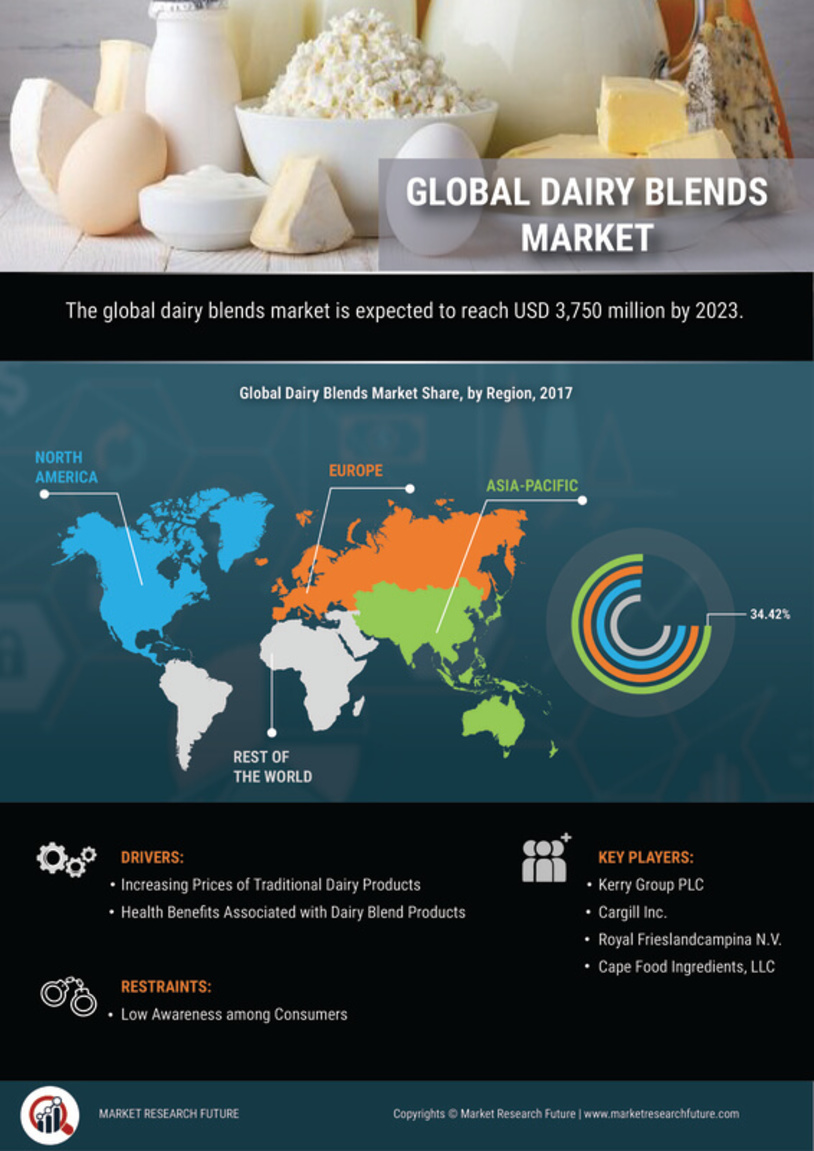

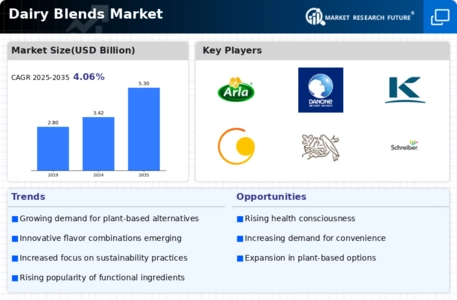
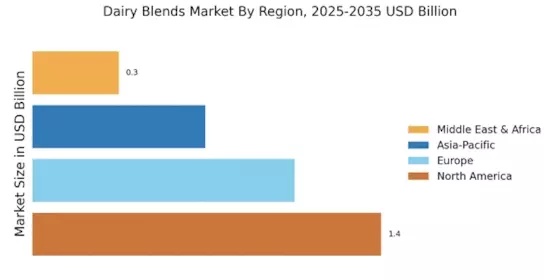
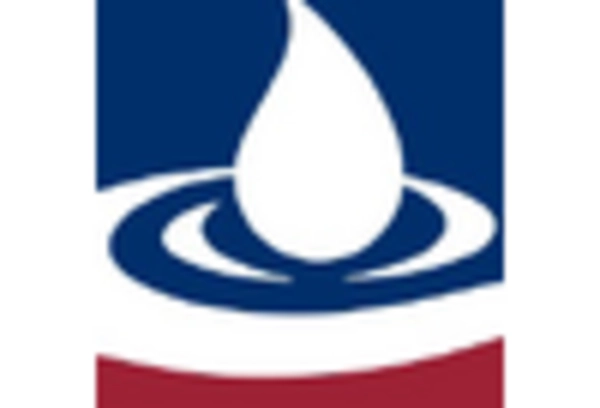
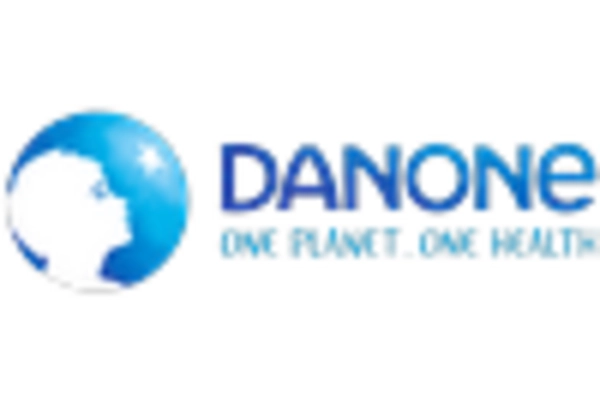
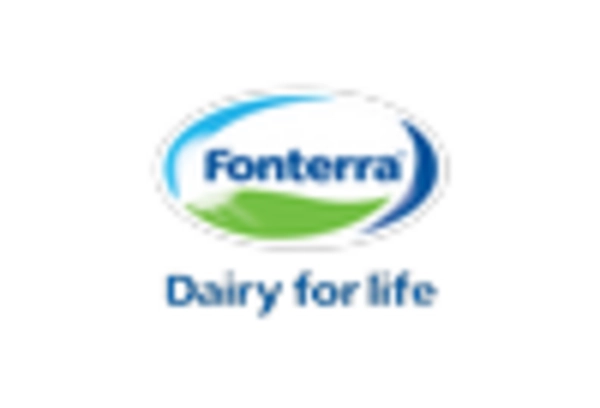
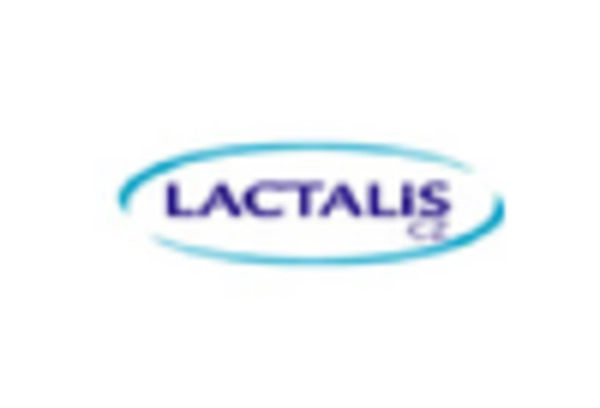
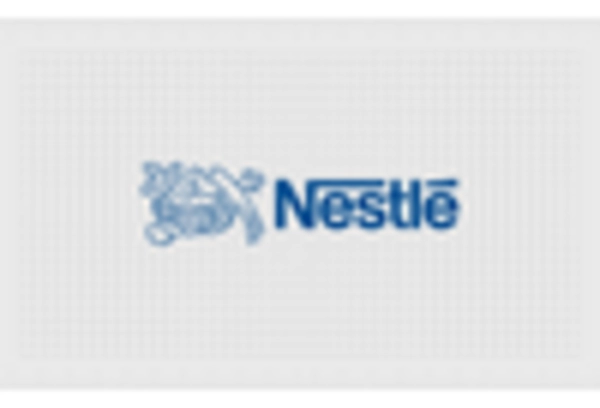
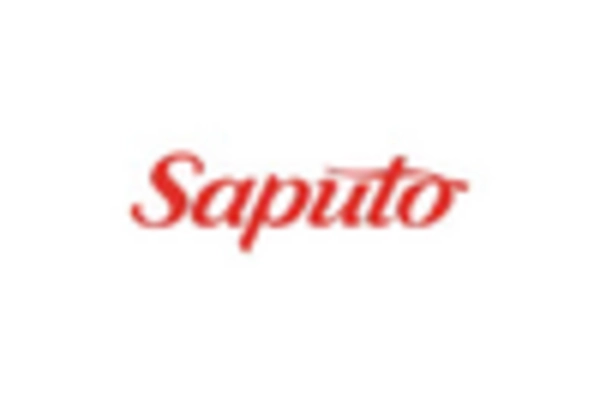








Leave a Comment